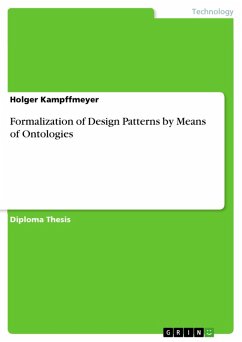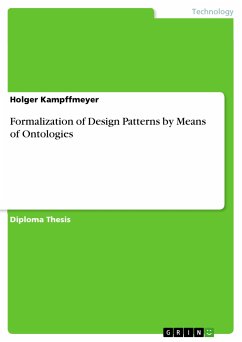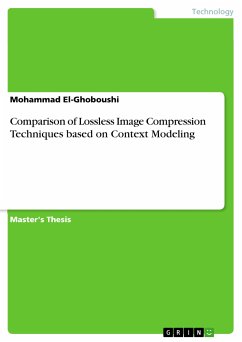Diploma Thesis from the year 2007 in the subject Computer Science - Software, grade: 1, Dresden Technical University, language: English, abstract: Design patterns have proven to be important building blocks and means of reuse in software design. However, the mere number of available design patterns complicates the decision-making which design pattern to choose and demands tools assisting in this process. We hence propose a knowledge-based formal representation of design patterns, a representation that is accessible by tools. Existing approaches to formalizing design patterns generally cover solely the formal description of the structure of design patterns. However, an important part of a design pattern description is the intent section, because the intent describes what the design pattern does and which design problems a pattern addresses. In this work, we develop a novel approach of formalizing design patterns by their intent. The formal representation is based on OWL, the web ontology language. The developed ontology can serve as support for the decision-making of choosing the right design pattern. We furthermore develop a tool that uses the ontology as a knowledge-base. The tool allows the user to visually describe design problems and gives suggestions of design patterns that solve a given design problem.
Dieser Download kann aus rechtlichen Gründen nur mit Rechnungsadresse in A, B, BG, CY, CZ, D, DK, EW, E, FIN, F, GR, HR, H, IRL, I, LT, L, LR, M, NL, PL, P, R, S, SLO, SK ausgeliefert werden.
Hinweis: Dieser Artikel kann nur an eine deutsche Lieferadresse ausgeliefert werden.









